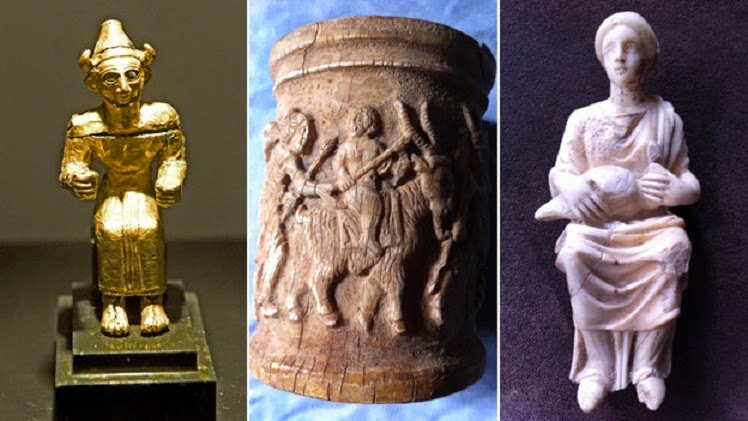Merry Wanderer of the Night:
Syria
Near East: Satellite images reveal plight of six Syrian sites

Near East: Race to save antiquities in Syria

Middle East: UN force needed to protect ancient sites from Isis

Near East: Syria reclaims 120 looted antiquities from Palmyra

Middle East: Looted antiquities for sale by Islamic State

Near East: Race is on to map endangered archaeological sites

Near East: The men who smuggle the loot that funds IS
